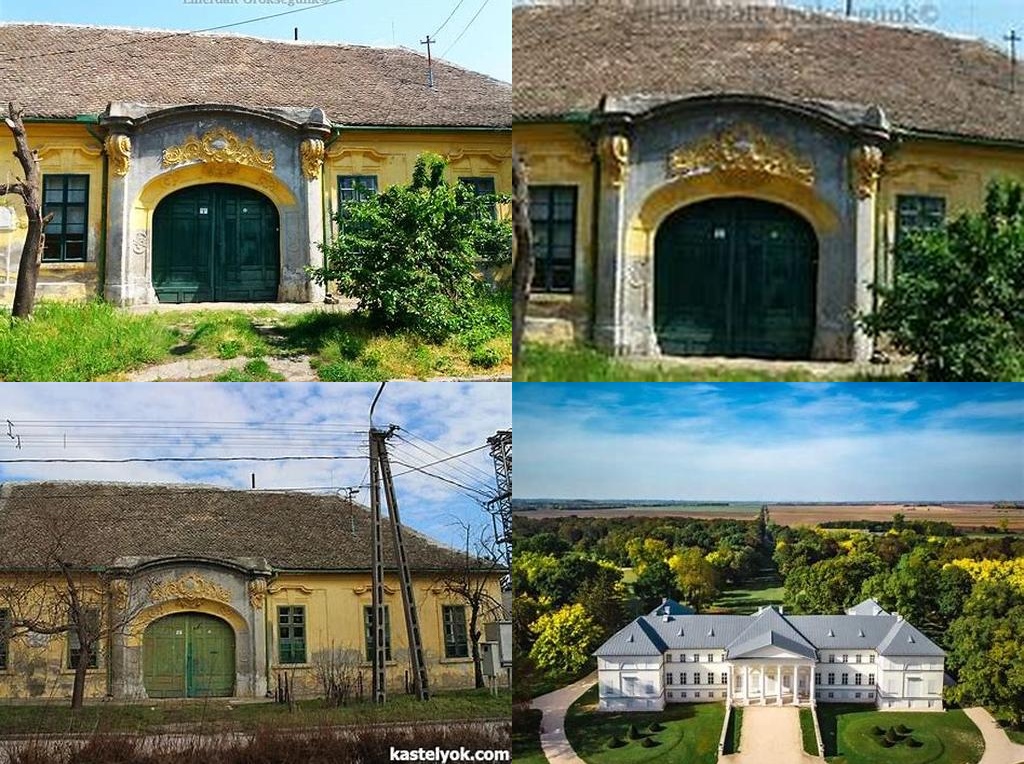
Festetics-kastély in the heart of Tolna isn’t a palace that wants to overwhelm you. Rather, it coaxes you in gently, rich with the history of an aristocratic family whose influence shaped the region, fascinating architectural details, and just enough mystery to keep your curiosity working in overtime. This peaceful baroque manor house, sometimes overshadowed by its grander cousin in Keszthely, is actually the perfect backdrop for those seeking out Hungary’s subtler historical treasures.
The story of the Festetics family in Tolna reaches back to the 18th century, a period when war, empire, and shifting allegiances were as common as the changing seasons. The palace itself was completed in 1753, built as a country residence rather than as a showpiece, and this lends it much of its enduring charm. Walking through the gates, you’ll feel the contrast from the palaces of Budapest or Vienna; it’s approachable, shaded by spreading trees and set among gently sloping lawns. The palace’s architecture blends classic baroque elegance with a sense of comfortable domesticity. You can imagine the rustle of silk skirts and the staccato footfalls of boots on polished floors—but also, in quieter moments, the laughter of children or the gentle drone of summer insects drifting in through an open window.
What sets the Festetics-kastély apart aren’t just its physical features but the stories embedded in its walls. The Festetics family, originally hailing from Croatia, rose to prominence in Hungarian society over centuries, becoming close allies of the Habsburg empire. This little palace in Tolna is tangible evidence of their taste for culture and learning (look for remnants of the original library), but their mark on the region extended outward as well: from agricultural innovations that shaped local farming, to endowments supporting education and the arts. Unlike castles that seem frozen in time or cloistered from the communities around them, the Festetics-kastély was a lively hub. The estate hummed with activity, especially in summer, when the family hosted local dignitaries and artists under the shade of its old trees.
Of course, European history being what it is, times changed. After World War I and the collapse of the Austro-Hungarian Empire, the palace witnessed the practical impact of political shifts: ownership changed hands, and it was pressed into service during hard times. Like many manor houses, it took on new roles over the decades—as a school, a social center, even barracks at points. Yet, remarkably, its atmosphere has survived relatively intact. One of the most poignant rooms is the former music salon, where faded photographs hint at soirées and chamber concerts, proof that every generation layered its own memories atop the previous one.
Today, the main building and its outbuildings invite visitors to slow down. Unlike sites that shunt you briskly from room to room, here you can pause, taking in the simple beauty of stuccoed facades, hand-painted ceilings, and gently creaking parquet floors. Poke your head into the small permanent exhibition, and you’ll find not just portraits of the Festetics family, but also objects such as handwritten recipes, walking canes, and letters. These are tangible reminders of daily life, and they give the palace a lived-in warmth rarely found in grander landmarks.
There’s a charm, too, in the garden grounds. Not extravagantly landscaped but lovely for their authenticity—ancient oaks, wildflowers, and a pond complete with ornery ducks. The benches scattered beneath the trees invite visitors to sit and simply be, absorbing the hush and the play of sunlight through leaves. Perhaps the loveliest time to visit is late spring or early autumn, when the air is filled with birdsong and you’re more likely to have corners of the grounds entirely to yourself.
For anyone interested in the grand sweep of Hungarian history—or just in the pleasure of well-lived spaces—Festetics-kastély offers a deeply personal window to the past. It’s a place of stories told quietly, through things left behind and paths well-trodden. While it may not boast the largest halls or the most gold-leaf ceilings, you’ll leave with something rarer: a sense of genuine connection to the people who once called it home. That, perhaps, is the most valuable treasure of all.





